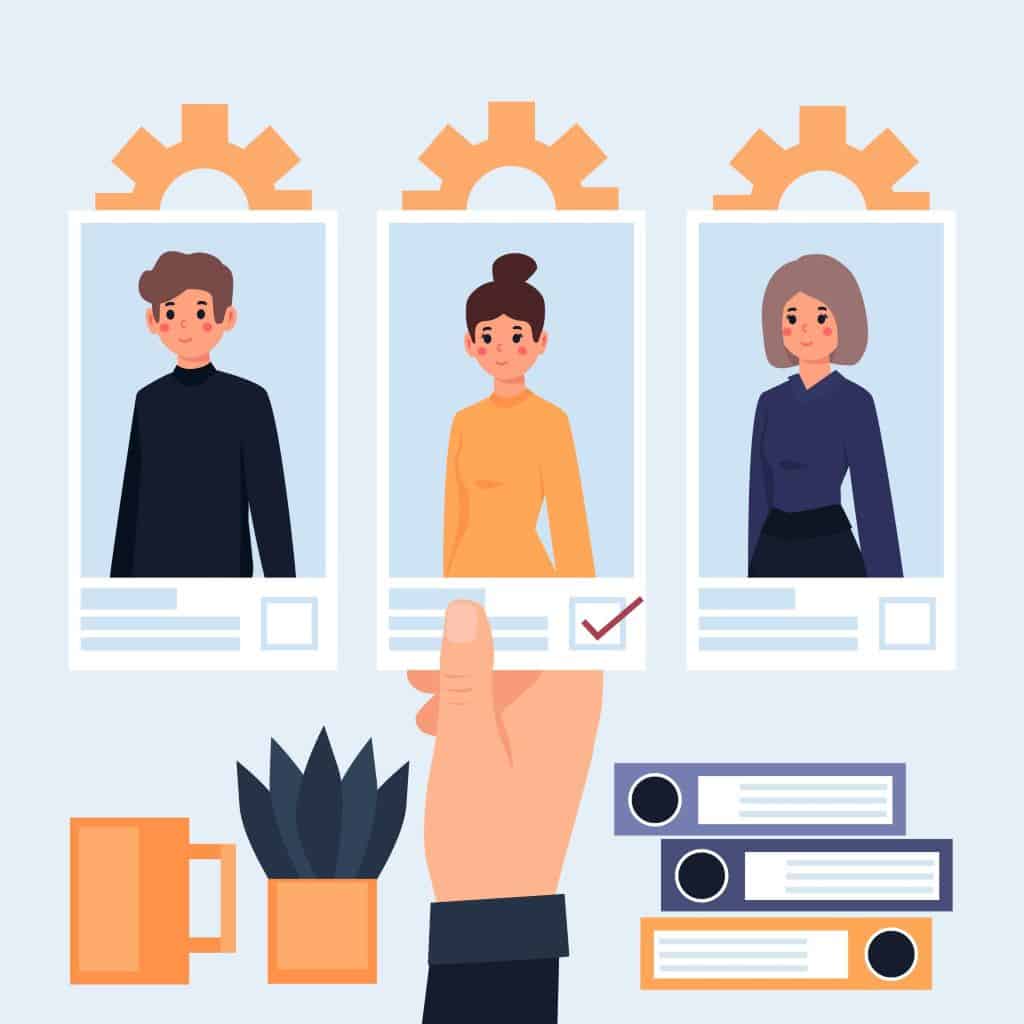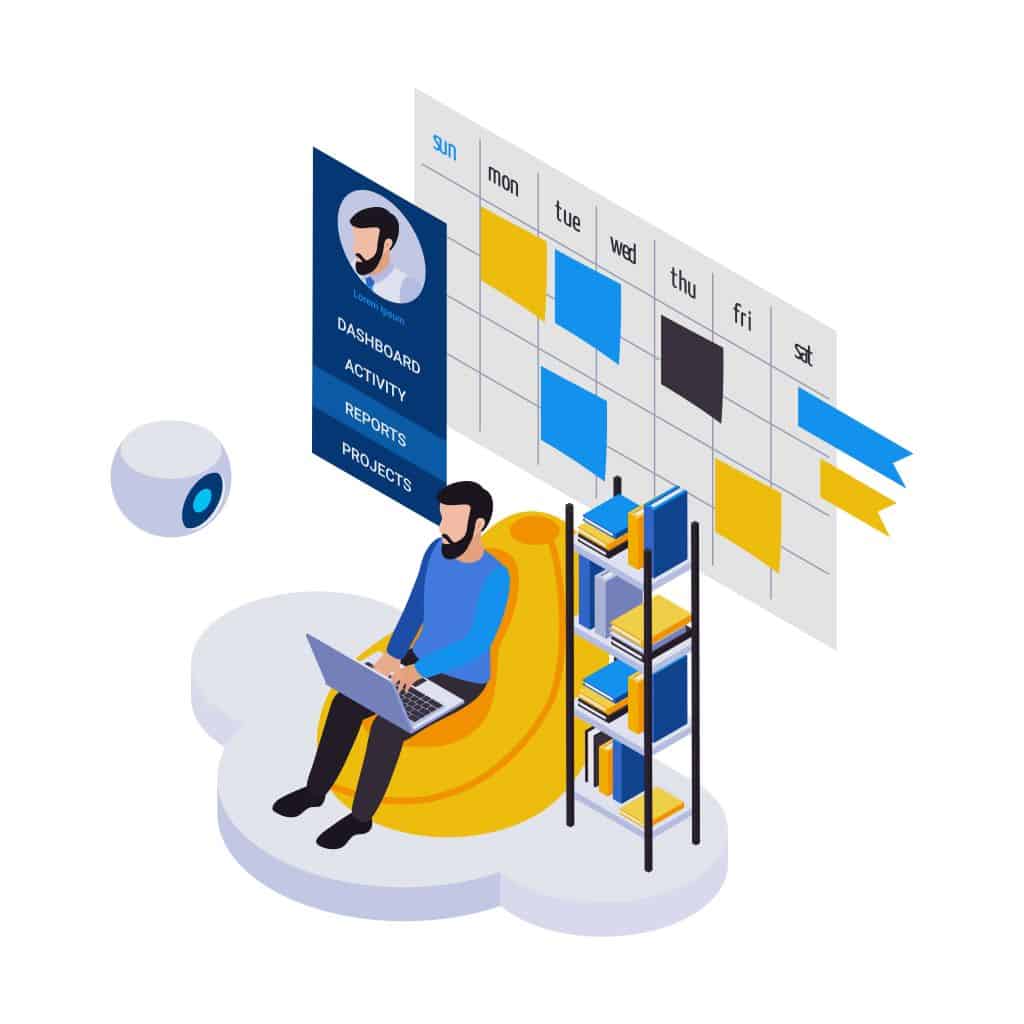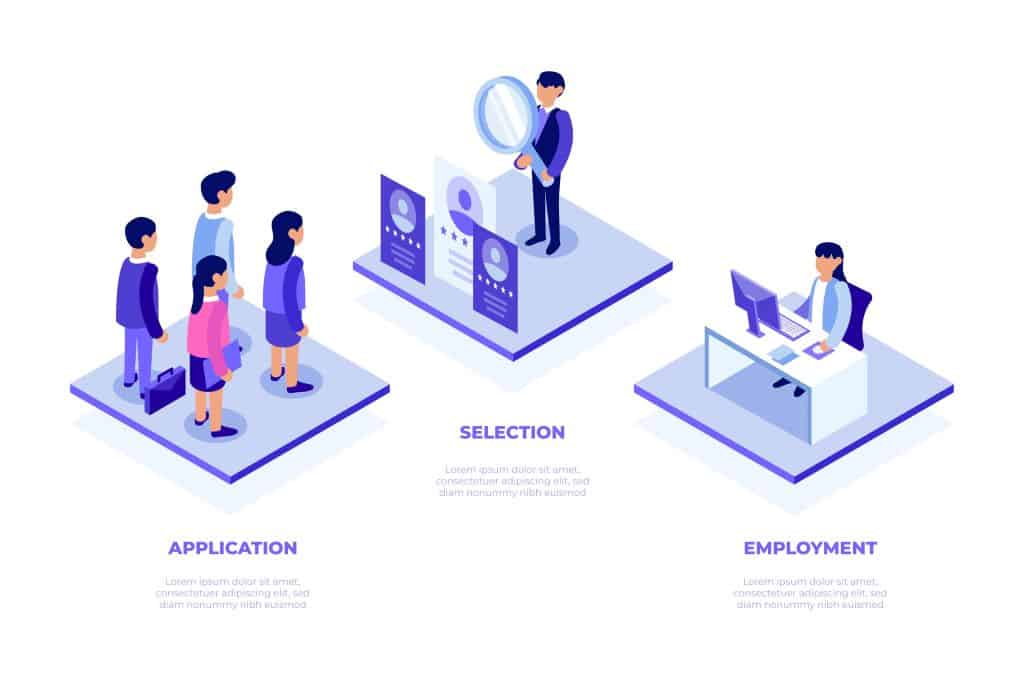Employee onboarding is a step-by-step process to have a new hire settle down in the new environment. However, for some organizations, it can be tempting to speed up the employee onboarding process in the hopes that the new employee will become productive quickly. But, research shows that any new employee can take from 3 to 12 months to reach their full potential, and skipping the proper employee onboarding process can increase more complications for them. Any employee will be willing to stay at the company if he or she has a good onboarding experience.
This blog here will guide you through the step-by-step employee onboarding process.
What is the Employee Onboarding Process?
Employee onboarding is a simple process of integrating a new employee into the company culture and environment. This involves providing them with supplies, making them familiar with the team members, company practices, procedures, and policies, and arranging training for them. It aims to equip the employees with tools and techniques to help them become productive members of the team. It helps them feel welcome, settle into their position and learn how to work for the company.
For an effective employee onboarding process, it is important to consider the employee’s point of view. A good boarding process lasts for about 3 to 6 months for new employees, until they get completely settled in their jobs.
Let’s get a deeper look into what a new employee onboarding process looks like and how you can get it right.
Employee Onboarding Process Step by Step Flow
The basic onboarding process commences in generally four broad steps. These include: before the first day, on the first day, during the first week, and during one to three-months duration. It involves the HR team, management team as well as training team in the process.
Before the First Day
The onboarding isn’t just about the day when the employee joins the office but the process starts from the day the offer letter is offered to the candidate and he accepts it. The company has to go through several steps before the employee physically enters the office space.
- Releasing the offer letter
Employee onboarding starts right after the candidates are selected via the interviews, the company offers the employee an offer letter, policy documents, onboarding forms, and other important documents to be filled and submitted before joining. The candidate should be given clear knowledge about the job profile, salary negotiation, and expected job responsibilities. The onboarding should start with a clear and transparent approach to gain employees’ trust and make them comfortable with the new environment. - Accepting the offer letter
The next step in the onboarding process after offering the offer letter involves the acceptance of the offer letter by the candidate. The employee must examine the previously agreed-upon set policies, procedures, benefits, etc., and must clear all his doubts on the phone call or in a meeting with the hiring manager at this point only before accepting the offer letter. This point in the onboarding process is very crucial from the perspective of the employee as he can get double sure about the organization with its responsiveness and engagement with him. - Completing the paperwork formalities and document verification
The new job requires a lot of paperwork to be completed. Doing it before the first day can save you from indulging in this on the first day in the office and can help you onboard the employee smoothly. It is also important for the organization to double verify the documents like experience letters, previous salary slips, or any other legal documents provided by the new employee before he starts working for the organization to clear out miscommunication if any. This would also help to maintain the proper record of the employee without missing any important or required details in the process.
On the First Day
The first day at the office for any employee can be a little nervous so you can start with having a light introductory session of the employee with the team he is going to work with and acquainting him with the company culture. - Introduction to the team
Introducing the new hire to the team member he is going to work with is the first and foremost step on the first day. Make them have an introductory session and know a little bit about their backgrounds and share what their role will be in the team. It would help him to know the team and can build up confidence in them. - Setting up workspace and office emails
The next step in the employee onboarding process involves setting up their workspace which includes allotting them their desk, computers, ID cards, uniforms if any, and other required accessories. The new hire should also be equipped with their company emails and other software and tools they would be using. - Assigning the mentor
It is important to engage the new hires by assigning them to a senior team member who can guide them as a mentor and can ensure frequent check-ins. This also helps
to keep those employees happy, satisfied, and confident who took part in the mentoring program.
During the First Week
The first week in the work is for orientation and engaging the new person in the environment and helping them with training and further processes. - Walking Them Through The Important Procedures And Standards
It’s important to spend time with the new employee and walk them through the processes, and procedures so that they can start working on real projects. Let them know the rules and processes for internet usage, communications, and breaks, and familiarize them with the technologies that they would be using throughout the projects. - Providing The Training Materials
Providing them access to the training modules and materials prior to the commencement of official training can help them better understand the process during training sessions and better communicate their doubts if any. - Setting Up Training Sessions
The next and foremost step in employee onboarding is to set up a proper training session for them to understand the projects and technologies they would be working on. The training session helps the new employee to understand the work culture of the company, have hands-on practice with the different technical tools, and understand the working of the client’s expectations. It is one of the most important parts of the onboarding process which helps the new hire to become productive in the first place. - Getting Them A Project
After they had been trained well during the training session, it was time to allocate them the projects. However, it is not advised to speed up everything and start expecting them to be productive from the start, give them time to understand the basics, make efforts with teammates to introduce them to the collaborative work environment, and build relationships. Make sure to guide and mentor them at every step in the start. - Establishing the Open Communication with Teammates
After the initial days, the new employees get comfortable, however, it is the responsibility of the managers to provide them with an open environment to communicate with their teammates and even with leads. This would give them an ideal opportunity to strike up a conversation about what is working and what isn’t and would encourage them to bond well with their teammates.
During the First One to Three Months
The starting period of about three months is a transition period for them to build themselves from new hires to a productive member of the team. These steps involve a constructive evaluation of their work as well as providing them feedback wherever and whenever required. - Setting up Performance Goals
After the employee gets settled up in his position and has started contributing to his duties, it is time to engage them with goals, point them in the right direction, and give them something to work towards from the beginning. - Building Career Paths
Once the employee knows all about his role, and his goals and has all the required details of the project, it is time for them to build a career path that fits their personal goals and growth. Helping them to visualize their path along with the organization’s success would in fact have a positive impact on the organization also. - Give Performance Reviews and Suggestions
After almost three months the employee gets comfortable with his role. It is the best time to evaluate their strengths and weaknesses and provide them with reviews and suggestions to improve their shortcomings and help them with better retraining programs. - Take Constructive Feedback
At last, it is important to take feedback from them about the overall process and get suggestions about the improvements which would make the onboarding experience more valuable for the upcoming hires.
Importance of Employee Onboarding Process
Employee onboarding has its own importance for both the employees and the employers as well. Some of them are described below:
- Helps employees know the organization better
The onboarding helps the employee better know the organization, its values, its environment, its practices, and its procedures. - Helps employees be better productive
The onboarding helps employees get the proper training session which helps them better understand their roles and responsibilities. - Helps employees better know each other
The employee onboarding process commences with the introductory sessions which give the employees a chance to know and interact with each other. - Helps the organization get a better Employee Retention
The better the employee onboarding experience the better the employee satisfaction and the better the chances of employees being retained by the organization.
To Sum Up
With this blog, we have tried to simplify the employee onboarding process for you. Follow these onboarding steps to keep your company’s onboarding smooth and hassle-free. This would help to maintain the flow on the right path and retain employees over the long term. However, these steps may slightly vary according to your company’s work culture.
Frequently Asked Questions
- What is the employee onboarding process?
The employee onboarding process is the systematic and intentional transformation of qualified applicants into top-performing workers.
- Why is it important to provide a good onboarding experience?
A good onboarding experience is important because it helps the employee to understand their role, the company’s philosophies, and work culture. It helps them to better understand what the company has to offer them and what they need to provide the company.
- Why is feedback important at the end of the onboarding process?
The feedback at the end of the onboarding process gives the hiring managers ideas about the loopholes in the process and helps them to enhance the experiences for newcomers.







